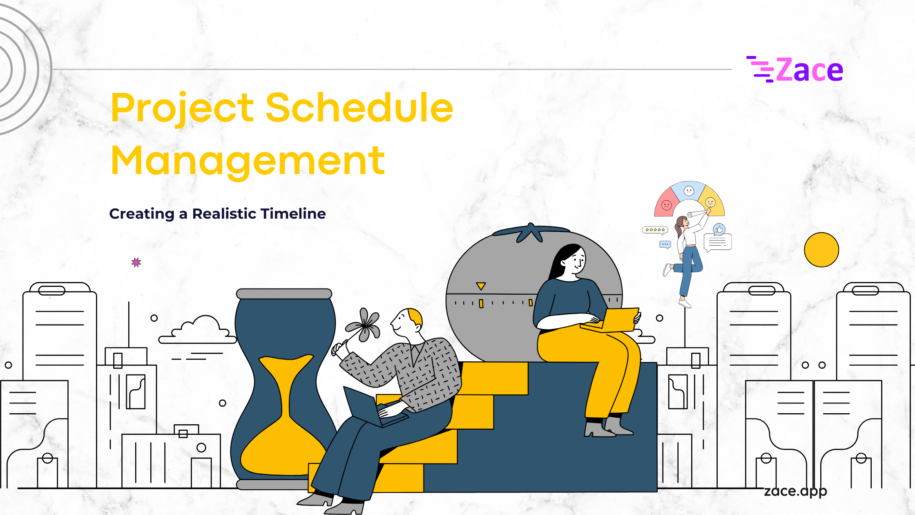Project Schedule Management: Creating a Realistic Timeline That Works

Comments are closed.

In any industry—be it IT, construction, manufacturing, healthcare, or marketing—one thing is clear: a well-planned project schedule can make or break a project’s success. Project Schedule Management ensures tasks are organized, deadlines are met, and resources are effectively used.
But how do you create a timeline that’s not just ambitious—but realistic?
Let’s walk through what project schedule management is, why it matters, and how to create a realistic timeline that supports project goals without overpromising or underdelivering.
Project Schedule Management is a core area of project management that involves:
Defining tasks
Sequencing activities
Estimating the duration of tasks
Developing a project timeline
Monitoring progress and making adjustments
It’s one of the ten knowledge areas defined by PMBOK (Project Management Body of Knowledge) and is critical to on-time delivery.


Creating an unrealistic project schedule leads to:
Missed deadlines
Team burnout
Budget overruns
Project failure
A realistic timeline helps teams stay productive, reduces stress, and increases stakeholder confidence.
1. Define Scope and Objectives Clearly
Start by knowing what needs to be delivered, by whom, and why. A vague scope leads to timeline inaccuracies.
💡 Example: In software development, define specific modules, integrations, and user experience expectations upfront.
2. Break Down the Work (WBS – Work Breakdown Structure)
Split the entire project into smaller, manageable tasks or work packages. This increases visibility and makes it easier to estimate time.
📦 In construction, break it into design, excavation, foundation, framing, roofing, etc.
3. Sequence Activities Logically
Use tools like dependency mapping or network diagrams to organize which tasks come first and which depend on others.
* Finish-to-Start (most common)
* Start-to-Start
* Finish-to-Finish
4. Estimate Time Accurately
Avoid guesses. Use these techniques for better time estimation:
* Expert judgment
* Historical data
* Three-point estimation (optimistic, pessimistic, and most likely durations)
🏥 In healthcare software projects, refer to past EMR integration durations to predict current ones.
5. Assign Resources Smartly
Identify who will do what and when. Consider availability, skills, and workload.
⚙️ In manufacturing ERP projects, the schedule must align with factory downtime and testing cycles.

6. Use Scheduling Tools
Modern scheduling tools like Zace, Microsoft Project, Jira, Smartsheet, Trello improve accuracy and collaboration. These tools help generate Gantt charts, critical path analysis, and real-time tracking.
7. Account for Risks and Buffers
Always build in contingency time for delays, approvals, or change requests. Risk analysis helps forecast where things could go off-track.
8. Get Stakeholder Buy-in
Don’t finalize timelines in isolation. Review with: Internal team members, Vendors, Clients. Their input ensures buy-in and sets the right expectations.
9. Monitor, Update, and Communicate
Once the project is live:
* Track progress weekly
* Update the timeline as needed
* Keep all stakeholders informed
🔄 Agile industries like IT often work with sprint-based schedules that evolve every 2–4 weeks.
A realistic project schedule isn’t about making things slow—it’s about making sure everything flows. No matter your industry, effective project schedule management helps deliver value on time, within scope, and on budget. With the right planning, tools, and mindset, your timeline can become a powerful roadmap to success.
Plan and Act confidently. Deliver predictably.
Have you used Zace Gantt charts to schedule your projects?